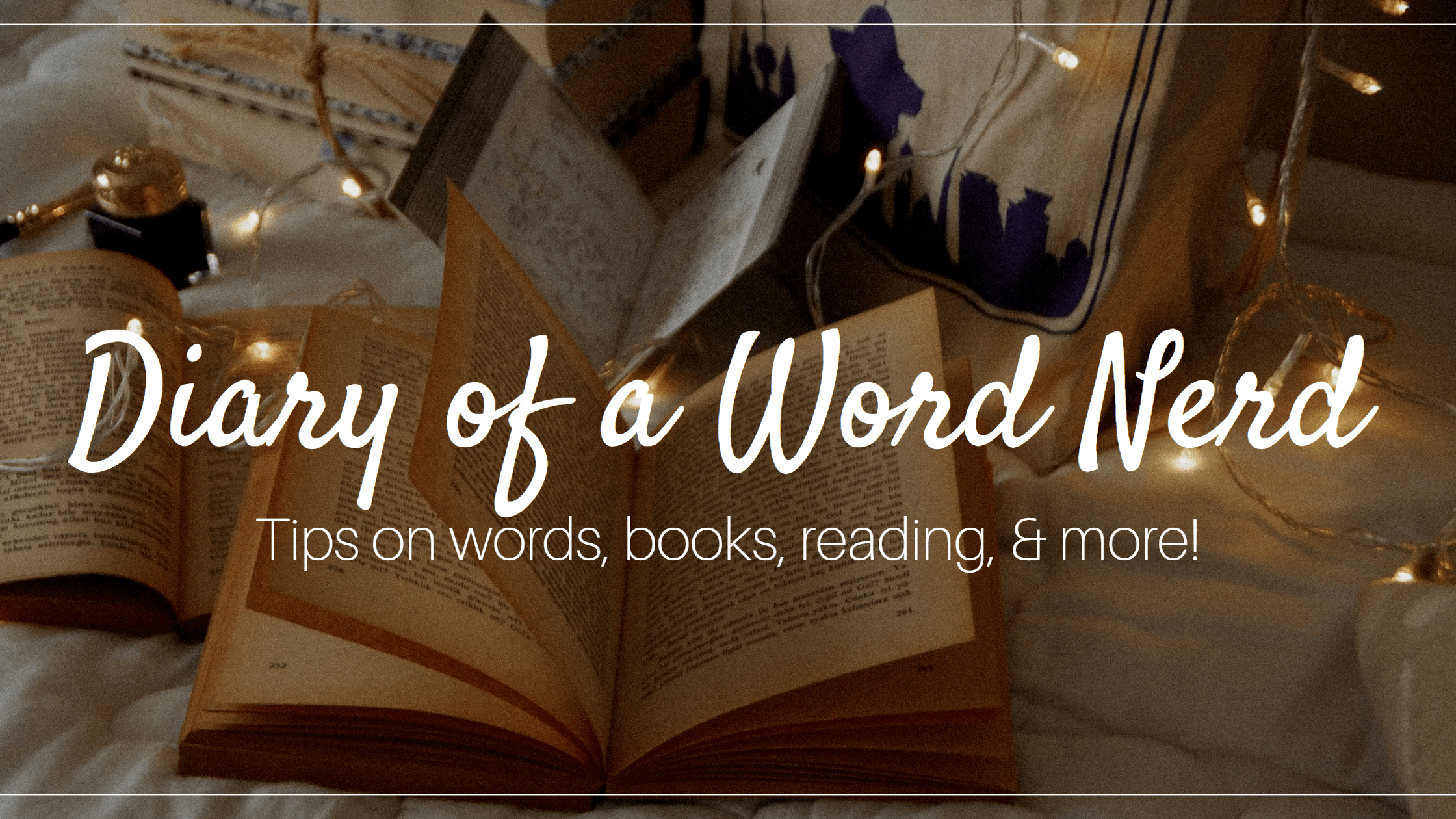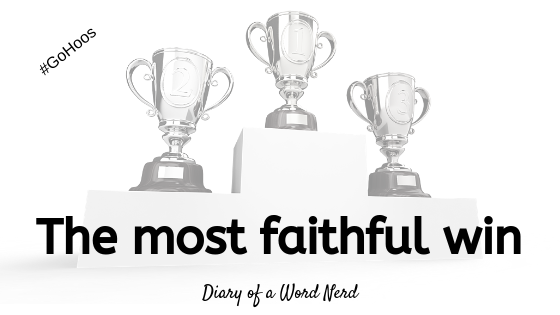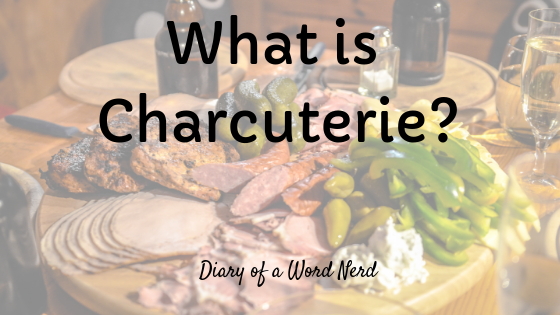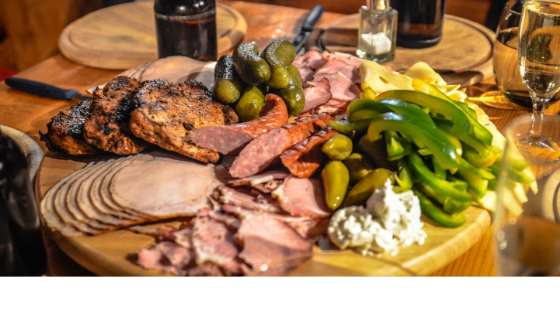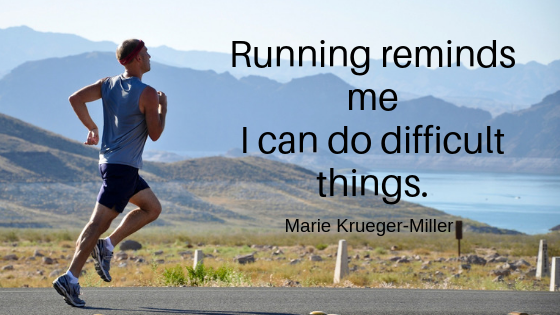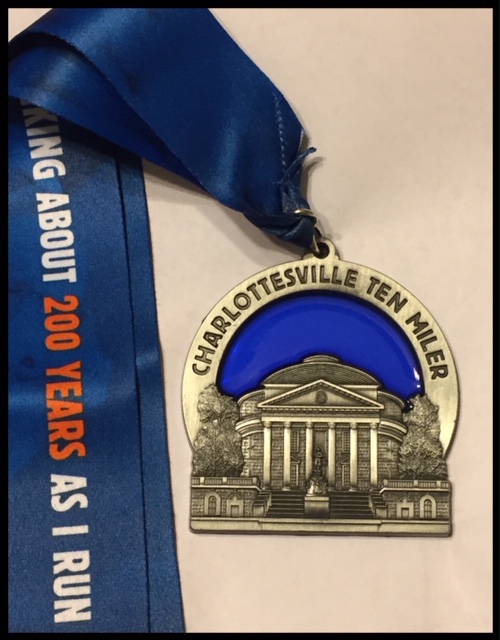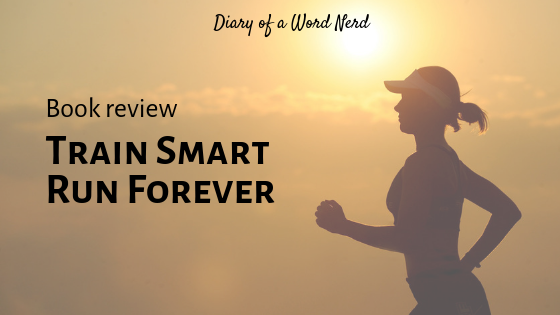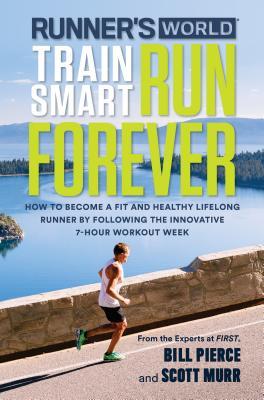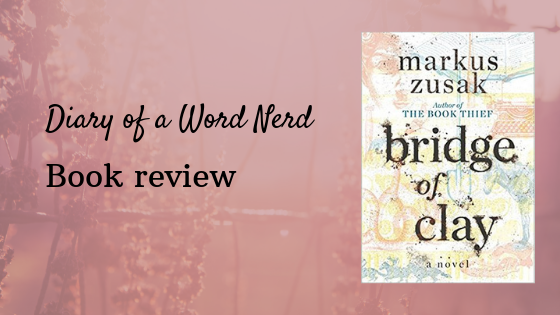It’s been an exciting week in our house. In the past three days we’ve celebrated grand prizes and basketball victories. My beloved ‘Hoos are National Champions and my beloved daughter is taking her science fair project to Phoenix to compete with students from all over the world in the International Science and Engineering Fair.
The trophies and medals are nice, but they aren’t what’s most important to me. What I love, and what I hope people will remember, are the stories behind these victories and the character behind the stories.
First story: the Virginia Cavaliers
Last year, the Cavaliers had a winning season with just two losses. They defeated North Carolina in the ACC Tournament to claim the title of ACC Champions, and they were unanimously picked in coaches’ polls as the number one seed going into the NCAA Men’s Basketball Tournament.
They lost in the first round. To a 16th seed. No team had ever done that before. They made history in the worst way and in the national spotlight. The team endured criticism and scorn, and even, according to a post written by Virginia shooting guard Kyle Guy that I found on Facebook a few days after the devastating loss, death threats. The team needed extra security when returning to their hotel.
Can you imagine how hard it would be to come back from that?
Virginia Head Coach Tony Bennett handled that humiliating defeat with characteristic grace, and now, he calls the epic loss “a painful gift.” He has said numerous times that the 2018 tourney debacle was part of the experience his team needed to achieve success, and after 12 months of rebuilding and recovering, they have indeed succeeded.
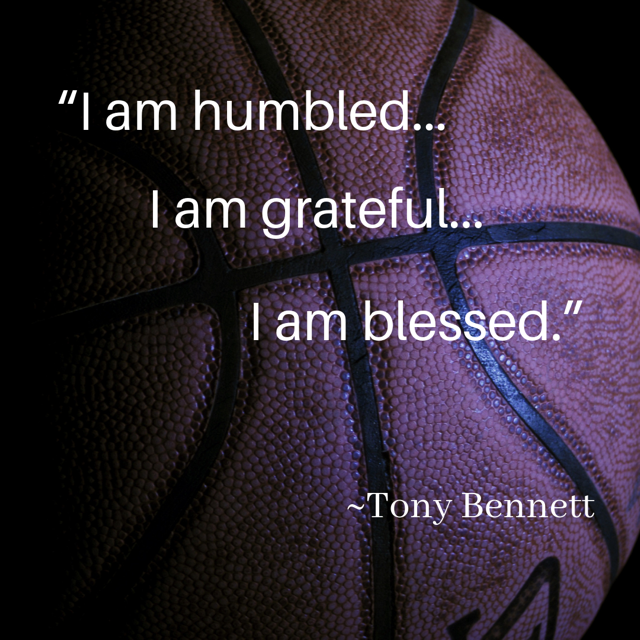
In his speech after the 2019 championship game, Bennett said, “I played a song for them today called ‘Hills and Valleys’ by Tauren Wells and it just means that you’re never alone in the hills and the valleys and we faced those this year.” He also shared a team motto: the most faithful wins. “These guys stayed so faithful,” he said. And because of that, they made history again – as the greatest redemption story in college basketball.
Too often in a culture that emphasizes success, we don’t see the opportunities hidden in failures. Thanks to the example of the ever humble and gracious Tony Bennett and his team, we will embrace the reality that success and failure don’t define us. Attitude, habits, and character do.
My daughter’s story
To reinforce this point on a smaller scale: last fall, my daughter had an idea for a science fair project. She wanted to study plastic bags and how they interact with heavy metals in the environment. She reached out to professors at area universities to develop her project. She changed her method and focus several times. She put in hours researching plastics, performing her experiment, and analyzing her data. She got significant results that indicated plastic bags could be potentially dangerous, and that more research is indicated. Everyone, from her sponsor to her parents, told her how great her project was. She took it to the school fair, hoping to win a prize.
She didn’t. Not even honorable mention. We were shocked and disappointed. How do you explain to your child that sometimes hard work doesn’t get recognized? How do you encourage her to keep trying?
You tell her to stay faithful, to keep putting her work out there and trusting someone will eventually recognize it. (You also hope that other people, like her teachers and sponsors, will tell her the same thing, because, let’s be honest, sometimes the words of a mother just don’t resonate. Thank goodness, her sponsor was one of her biggest cheerleaders.)
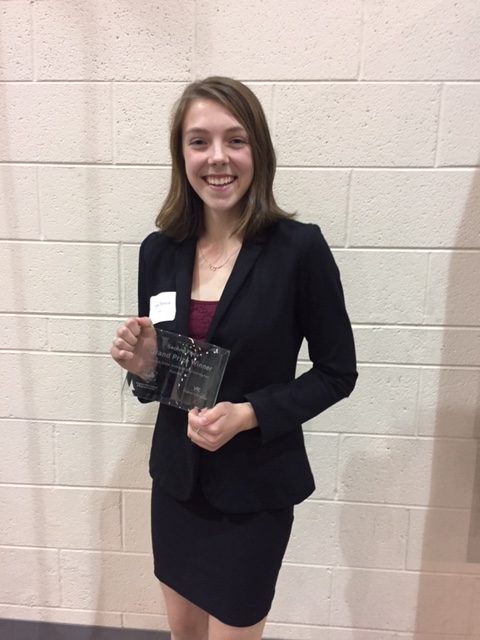
And she was faithful. She took her project to regions, where it won its category and was nominated for grand prize. Then she took her project to the state science fair, where it again won the chemistry category and second grand prize out of over 250 projects from across the state. She earned a spot at ISEF, which, she confided to me later, was her goal all along. It’s kinda like the national championship of science fairs. She, like my ‘Hoos, has had a fabulous run.
I’m not telling this story to brag about my child. I just want her and everyone reading this post to remember: the ones with the most faith win.
What have you learned from March Madness this year? Do you have a redemption story to share?
Thanks for getting nerdy with me!


